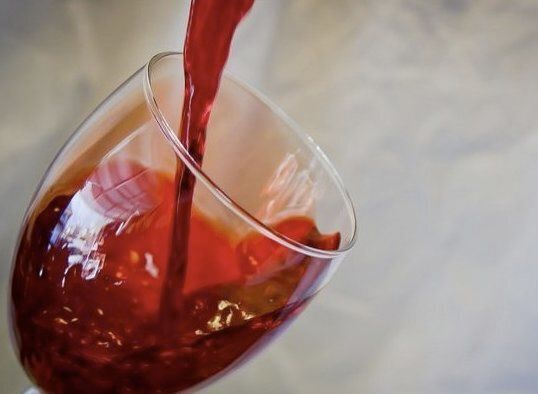
There has been much written lately about the shortening of wine lists in trendy restaurants. Lettie Teague wrote a very good piece in The Wall Street Journal, and this has been a trendy restaurant topic. Along the same line of reason, restaurant menus have shortened up too. These trends are probably more about economy than it is about style, yet there is an element of clarity that I feel gives a favorable result to the customer. Restaurants with less food items can, in most cases, run a more efficient food cost, and stay focused on their specialty. Restaurants with less wines on their list can carry less inventory. Clearly, during the better pre-2008 economic times, the trends leaned toward excess in menu choices, and excess in large voluminous wine lists. These trends seem to follow a very practical indicator, which like the famous line in All the President's Men, tells us you need to "Follow the money."
How many wines will you drink with your meal?
The interesting part of a shortened wine list is the wine director/sommelier needs to write a much more focused list. The list needs to be self edited, eliminating repetitions of style, repetitions of appellations, and favors to sales people. Every selection is meaningful to provide an option to demonstrate to the customer, the selection is the restaurant's selection for what they are offering, and should also have a reason that makes sense with the food offerings. How many wines would you be drinking in one sitting; one, maybe two? Doesn't it seem a little excessive to need to choose from a listing of 600 to 1,000 offerings? While wine buffs may relish in looking through great listings of historic wines, most people would like to find a reasonably priced, great value wine, that fits their taste, and drink it. Do you need to pick through 50 Napa Cabs? Do you need to have 40 red Burgundies and another 60 red Bordeaux? These lists are the thought process of a wine collector, whose inventory in most cases, does not turn over on a timely enough basis to financially justify the purchase. Personally, I would much prefer a shorter list that shows the personality of the restaurant with selections that show off the styles of the varietals and regions selected.
How much do you have to spend?
Not only have most wine enlightened restaurants shortened their wine lists, but there is more to it. Most proactive restaurants have reacted to their customers' negative criticism of excessive wine mark-ups. What can a restaurant say when their customer whips out their iPad to show them the same wine they have on their wine list at a fraction of the cost? Not much. The old argument that traditional mark-ups cover the glassware costs and other wine related to wine service really cannot justify some of the outrageous pricing models of the past. Restaurants are still marking up their wines three and four times, but their competition may not. Sooner or later, customers do notice the difference.